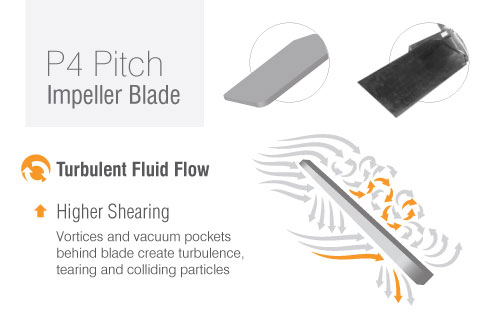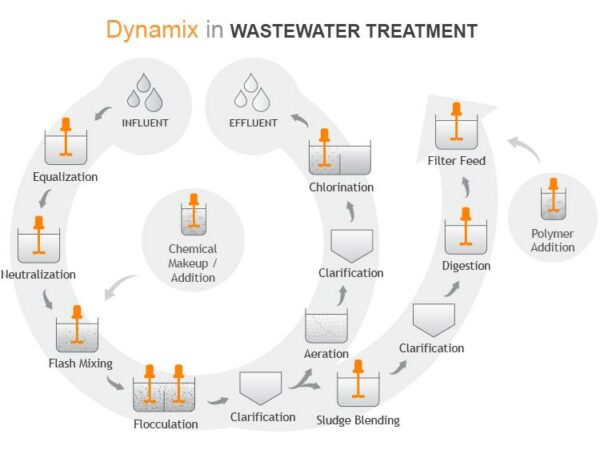
Coagulation and Flocculation Process and Mixing Essentials
Coagulation & Flocculation PROCESS MIXING ESSENTIALS Wastewater has particulate matter which must to be removed before further treatment and clarification, these particles (colloids) are negatively charged. Such particles are very minute and take a very long time to settle. The help increase the time for these particles to settle from a weeks or hours to a few minutes the coagulation process has to be applied early in the water treatment stage. Generally the coagulation stage happens after the Ph adjustment stage, where the water is adjusted to be more alkaline, so that additives like aluminum sulphate or ferric sulphate (trivalent coagulants) can be effective for coagulation and flocculation process. Coagulation Process The objective is to create microfloc from particulate matter,





